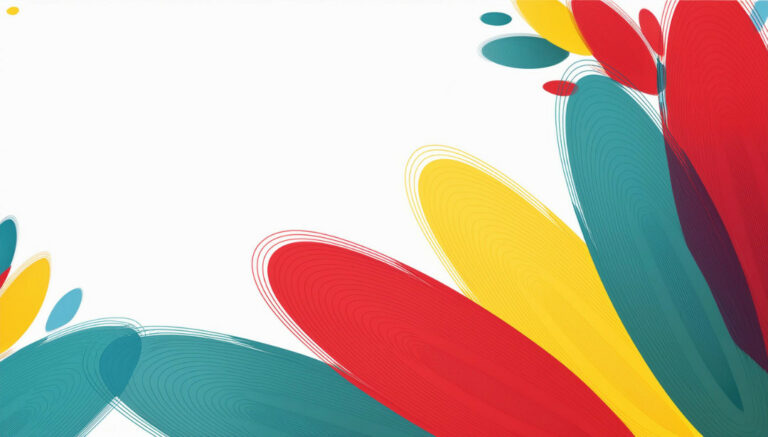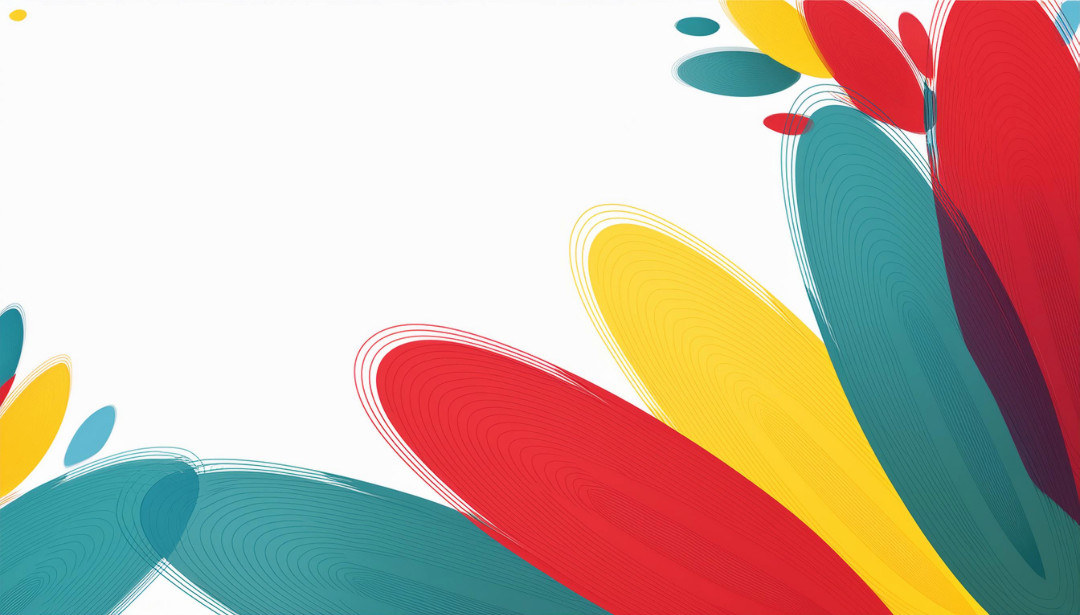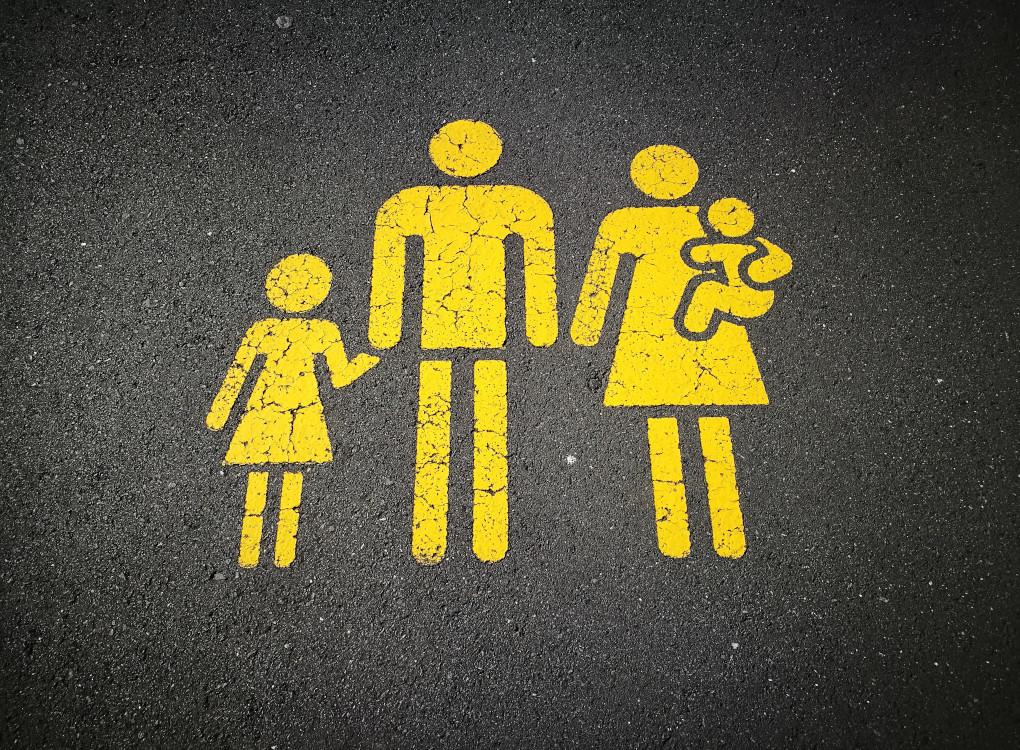Blog
My Watch May Be Biased
I look forward to a clever wristwatch that can tell me how my blood sugars are doing. I’m not diabetic, but all my reading leads me to conclude that spikes in my insulin over time are not good for me.
I have set about reducing those spikes in frequency and size. Not being diabetic will give me more wiggle room than those who have diabetes during my learning curve.
But, my concern increased about the accuracy of the wrist reading recently.
Here is the basis for my concern. Hospital medical devices, oximeters, measure blood sugar levels. But for many years, they were tested on white-skinned people. How the light travels through various coloured skins makes a huge difference in the accuracy of the results.
Intuitively, that makes sense.
As recently as last December at the University of Michigan, findings were “When a pulse oximeter says 91 percent (oxygen saturation), more than 50 percent of Black patients actually had a value less than 88 percent.”
The not-so-funny news is that accurate oximeters, calibrated to an individual, were commonplace in the 1970s – that’s 50 years ago.
I digress momentarily as I see a rabbit hole drawing me ever deeper. How did they calibrate?
A tiny droplet of blood was squeezed from the top of the ear to scan the blood using spectrophotometry. This could tell how much light was being absorbed by an individual’s skin and tissue. Then, the device could be calibrated and optimized for the individual’s device.
Disclaimer: I don’t know how individualized current hospital-level medical care oximeters are done. To move this disclaimer to my wrist device, I don’t know if its upcoming accuracy will be accurate – and what impact skin colour and tissue difference will have on the results’ accuracy.
Considering the unintended biases, I’ll be much more cautious to rely on my wrist device for an accurate reading. I’ll need to research this issue further.
Please give this a bit of a think. What is an unintended bias you are aware of in your life? A personal example is that of my height. I was 5 foot 6 inches, but I’m losing ground, an inch so far! Here is an example of the bias. Political leaders are more likely to be above-average height. We seem to infer they are more intelligent, understanding, compassionate, financially capable, etc.
Now, where are my shoes with the lifts? Just kidding. I don’t lose sleep over this. It is what it is. But I keep it in mind when I vote.
I’m curious about your thoughts. Please share your bit of a think in the comment section below. It will come to me for approval before posting.
Photo by Sandy Millar on Unsplash
If you enjoyed The Blog, please share it with others. Thanks.
And my thanks to St. Albert Seniors Association: 780-459-0433 for making this Blog possible.

Volunteer Blogger











Just recently, a co-worker and I were discussing the difference between black and white peoples’ veins. She told me that black peoples’ veins are narrower than white peoples’ veins and that a few of her friends had a stroke because of this abnormality. I was intrigued. Why isn’t this happening in the white population? Could it have been detected earlier? These are questions that I would have wanted to know it were me.
One of her friends (African American) has arterial disease. All three of her friends did not have a history of heart disease and they were otherwise healthy.
But, it is a known fact that black people have narrow veins, unlike white people.
Even after the higher rate of risk factors among African Americans is taken into account, blacks are still more likely to develop atherosclerosis (the build up of fatty plaques in arteries). Studies have found that blacks have abnormalities in the way their arteries respond to a body chemical called nitric oxide. Interesting yet frightening find.
This article talks about racial disparities in care that’s linked to differences in pulse oximeter performance. If oxygen levels in black patients are missed because of inaccurate oximeter readings, they are less likely to receive appropriate oxygen therapy or medical care.
https://hms.harvard.edu/news/skin-tone-pulse-oximetry
As for a personal unintended bias, I’m sad to say I’d also go with heightism but not in all circumstances. It’s a form of discrimination that has, at times, affected some of my choices. I’ve never liked it but I can’t seem change it. It’s ingrained in my thinking (even when I try to resist it). Sometimes I look up to taller people (both figuratively and literally). Why is that? Not when it comes to choosing leaders! (lol) I also look up to people who are below average height. It’s got to go both ways. I look up to people who resonate with my beliefs and values.
When I was a teenager I used to think it was very shallow of girls who wouldn’t date guys shorter than themselves.
Height shouldn’t matter and it’s sad that we have this culture stating men should be taller because they equates to better. It’s stupid to think that a person’s stature determines a person’s level of intelligence, leadership skills, charisma etc.
Fact: Social stereotypes favor tall people. That’s evolution for you. The evolution of thinking tallness is superior is a myth. Think back in the day when people believed that only big and tall men survived the battlefield.
Thanks for your thoughts. The link you provided is an important contribution to the topic.